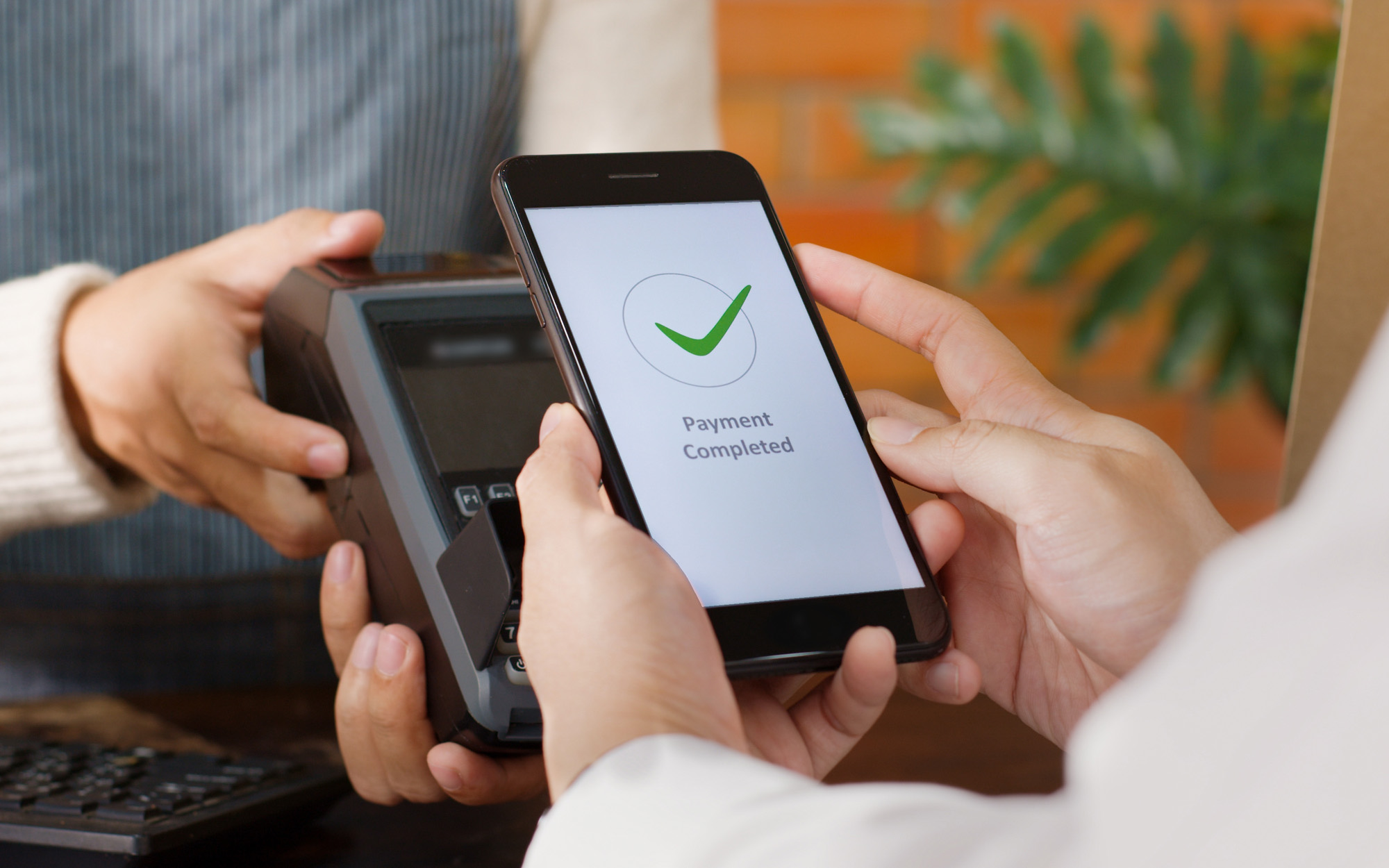As the global e-commerce landscape continues to evolve, businesses are seeking innovative ways to cater to diverse customer needs and expand their market reach. Alternative Payment Solutions (APMs) or Local Payment Methods (LPMs) have emerged as an industry game changer. In this blog, we will explore what you need to know about preparing and implementing alternative payment solutions to leverage their benefits and enhance your customer experience.
What Are Alternative Payment Solutions / Local Payment Methods?
Alternative Payment Solutions, commonly referred to as Local Payment Methods, are beyond traditional credit and debit cards. These methods vary from region to region and may include digital wallets, bank transfers, cash-based payments, mobile payments, and more. APMs cater to the unique preferences of different customer segments, offering a seamless and localized payment experience.
The Benefits of Alternative Payment Solutions
Expanded Market Reach
Alternative payment methods enable businesses to tap into new markets and engage with customers who prefer specific options. Providing APMs tailored to different regions removes barriers to entry and access untapped consumer segments, thus expanding their global market reach.
Enhanced Conversion Rates
Customers are more likely to complete purchases when offered familiar and convenient payment methods. APMs improve conversion rates by eliminating friction during the checkout process, resulting in a smoother and more enjoyable buying experience.
Risk Diversification
Relying solely on credit cards may expose businesses to potential risks such as chargebacks or declined transactions. By integrating alternative methods, companies can diversify their risk and reduce their dependency on a single payment channel.
How Alternative Payment Options Improve the Consumer Experience
Alternative payment solutions are designed with customer experience in mind. They cater to the preferences of diverse customer segments and offer localized payment options, currency support, and language choices. By meeting customers’ needs at the checkout stage, businesses can enhance customer satisfaction, build trust, and foster long-term loyalty.
Prep Work: What You Need to Know Before Implementing APM’s
Before implementing alternative payment solutions, businesses need to conduct thorough research and prepare for the integration process. Some key factors to consider include:
Understanding Your Business Needs
Assess your business requirements and objectives when it comes to payment processing. Determine the countries and regions you want to target, the methods your customers prefer, and your desired level of flexibility in managing transactions.
Evaluating Payment Providers
Choose payment service providers that offer a wide range of methods, have a global presence, and can support the specific needs of your business. Look for providers that offer a secure and scalable infrastructure, efficient routing capabilities, and reliable customer support.
Compliance and Security
Ensure that the payment orchestration platform you select adheres to industry compliance standards, such as PCI DSS, to protect customer data and prevent fraud. Verify that the platform offers advanced security features, such as tokenization to enhance data protection.
Integration Effort
Consider the effort required to implement the payment orchestration platform. Look for providers that offer seamless integration options, easy-to-use APIs, and documentation to facilitate a smooth transition.
How to Seamlessly Integrate Alternative Payment Solutions Into Your Business
Integrating a payment orchestration platform into your business involves careful planning, coordination, and execution. Here’s a step-by-step guide to help you seamlessly implement it and make the most of its benefits:
Step 1) Analyze Current Payment Processes
The first step in the integration process is to thoroughly analyze your current payment systems. Understand how payments are currently being accepted, processed, and reconciled within your business. Identify any pain points, inefficiencies, or limitations that you encounter with your existing setup.
By analyzing your current payment processes, you can gain insights into areas that require improvement and understand how payment orchestration can address these challenges. Whether it’s slow transaction processing, declined payments, limited payment methods, or high transaction costs, a comprehensive assessment will help you prioritize the improvements needed.
Step 2) Define Your Payment Strategy
Once you have a clear understanding of your current payment processes and challenges, it’s time to define your strategy according to your business objectives, target markets, and customer preferences.
Determine the specific payment methods you want to offer, such as credit cards, debit cards, and mobile wallets, as well as alternative or region-specific options. Evaluate the countries and regions you wish to target and ensure that you meet the customers’ preferences and expectations.
Additionally, consider the user experience you want to deliver. Something seamless and user-friendly can significantly impact customer satisfaction and conversion rates. Focus on providing a smooth checkout process with easy-to-understand payment options and secure transaction flows.
Step 3) Choose the Right Payment Orchestration Provider
Look for the right payment orchestration provider that aligns with your defined strategy and can meet the specific needs of your business.
Consider the following factors when choosing:
- Payment Method Coverage: Ensure that the provider offers a wide array of payment methods that match your customers’ preferences and the regions you target.
- Global Reach: If you operate in multiple countries or plan to expand internationally, choose a provider with a global presence and established connections with local payment processors.
- Customization Options: Opt for a provider that allows you to customize the payment experience to align with your brand and user interface.
- Security and Compliance: Verify that the provider adheres to industry security standards, such as PCI DSS, to protect sensitive customer data and maintain compliance with regulations.
- Integration Support: Assess the ease of integration and the level of technical support the provider offers during the onboarding process.
By carefully evaluating these factors, you can find a payment orchestration provider that best suits your business needs and goals.
Interested in a Company That Checks All the Boxes Above?
Step 4) Seamless Integration
Once you have chosen the right payment orchestration provider, it’s time to work closely with them to seamlessly integrate their platform into your existing systems.
Ensure that you have a dedicated technical team responsible for the process, including developers, project managers, and stakeholders. Effective communication and collaboration between them and the provider are essential for a smooth and successful integration.
During the process, thoroughly test the functionality and reliability of the platform. Simulate various scenarios and ensure that transactions are processed correctly, data is securely transmitted, and payments are successfully completed. By rigorously testing the integration, you can identify and resolve any issues before going live with the new system.
Step 5) Monitor and Optimize
After successfully integrating the payment orchestration platform, the work doesn’t end. Monitoring and optimizing the system is crucial for ensuring ongoing success and maximizing its benefits.
Keep a close eye on transaction performance, success rates, authorization rates, and customer feedback. Leverage the data and insights to continually optimize your strategy. Identify any areas that require improvement, such as underperforming payment methods, high decline rates, or regions with limited options. Use this information to make data-driven decisions and refine your strategy to better serve your customers and enhance their experience.
Regularly communicate with your payment orchestration provider to stay updated on new features, enhancements, or emerging trends. Collaborate with their team to make the most of the platform’s capabilities and adapt to changing market dynamics.
By continuously monitoring and optimizing your payment orchestration implementation, you can stay ahead of the competition, improve customer satisfaction, and drive growth for your business.
Implement Any Payment Solution With Ease With PCI Booking
In conclusion, preparing and implementing alternative payment solutions is a strategic move for businesses looking to improve transaction processing and customer experience. By understanding your unique needs and selecting the right payment orchestration provider, you can leverage the benefits of optimized transactions, increased revenue, and enhanced security.
At PCI Booking, we offer a comprehensive suite of solutions to help businesses of all sizes streamline their payment processes and boost growth. Whether you are looking to implement alternative methods or adopt an orchestration approach, our team of experts is ready to guide you through the process. Take advantage of our secure and efficient solutions and elevate your business’s payment experience today.




